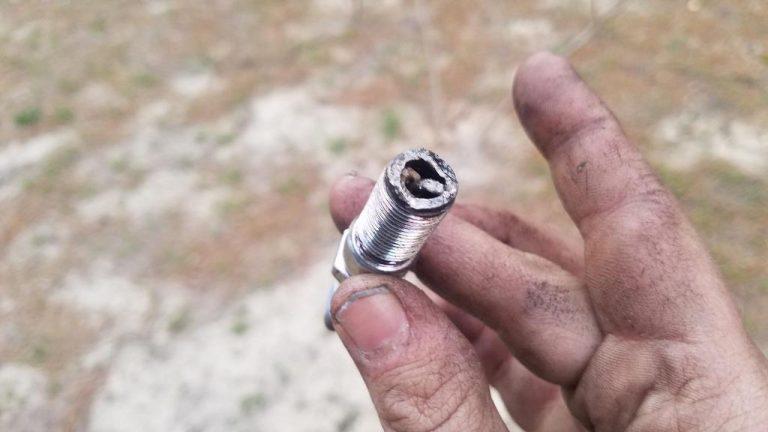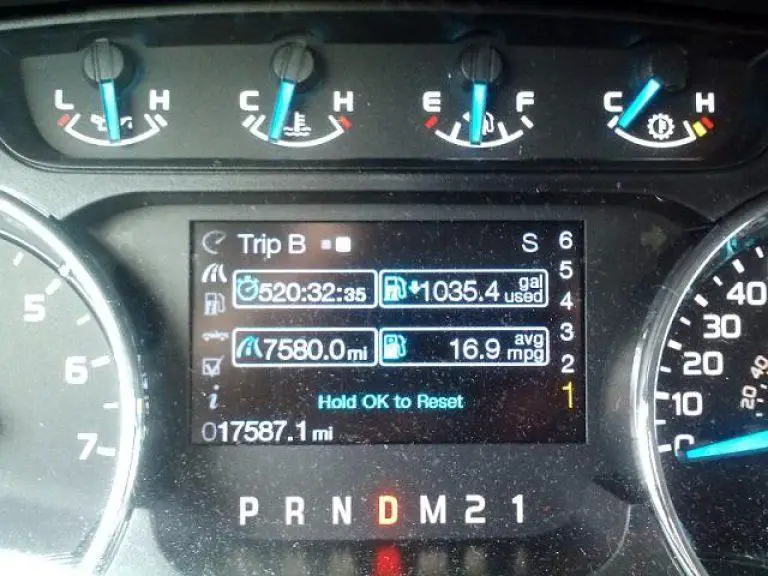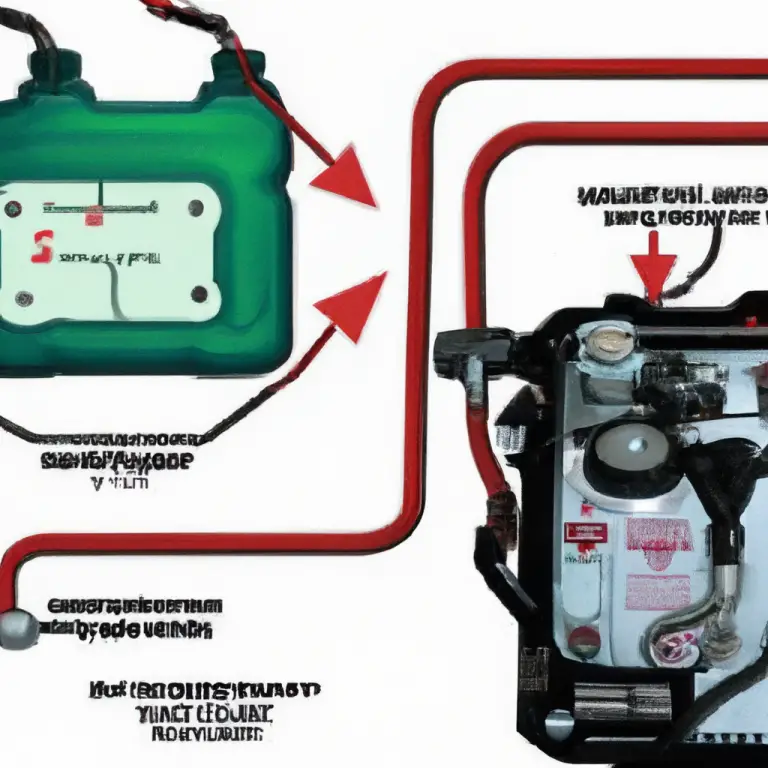Why is My F150 Getting Bad Gas Mileage
Bad gas mileage is when your vehicle gets fewer miles per gallon of fuel than it is designed to. This can be caused by a number of factors, including mechanical problems, driving habits, and environmental conditions.
Here are some of the symptoms of bad gas mileage:
- You have to fill up your gas tank more often than usual.
- Your fuel gauge seems to drop more quickly than it used to.
- You notice a decrease in your vehicle’s performance, such as sluggish acceleration or reduced power.
- You see black smoke coming from your exhaust.
It is important to have good gas mileage for both financial and environmental reasons. When your vehicle gets good gas mileage, you save money on fuel costs. You also reduce your vehicle’s emissions, which helps to protect the environment.
The most common causes of bad gas mileage in the F150 include:
- Dirty or clogged fuel injectors
- A faulty mass airflow sensor (MAF sensor)
- O2 sensor problems
- Spark plug problems
- Tire problems
- Driving habits
Struggling with poor fuel efficiency in your F150? You’re not alone. In this guide, we’ll explore:
Get ready to save money at the pump and make your F150 more eco-friendly.
Common Causes of Bad Gas Mileage in the F150
In this guide, we’ll take an in-depth look at the factors affecting fuel efficiency in Ford F150 trucks and how to improve it.
Dirty or Clogged Fuel Injectors
Understanding the role of fuel injectors is the first step in solving gas mileage problems. Fuel injectors are responsible for supplying your engine with fuel. When dirty or clogged, they can significantly compromise fuel economy.
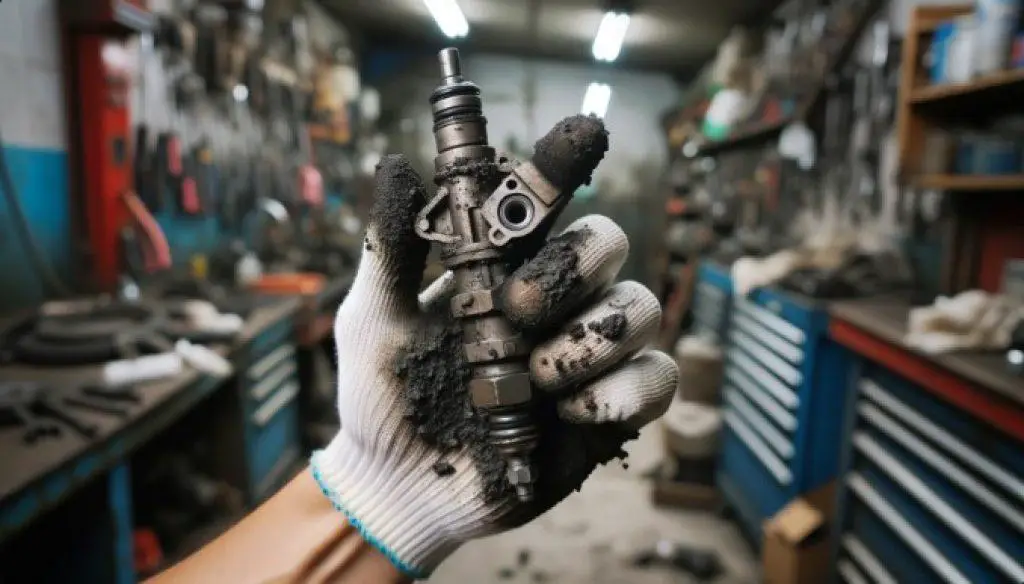
Symptoms of Dirty Fuel Injectors
Before tackling the problem, it’s important to recognize the signs of dirty or clogged fuel injectors.
| Symptom | Description |
|---|---|
| Rough Idle | The engine idles unevenly. |
| Reduced Power | Loss of engine power and responsiveness. |
| Hesitation During Acceleration | The vehicle hesitates when accelerating. |
How to Diagnose Dirty Fuel Injectors
Determining whether dirty fuel injectors are the issue can save you time and money.
- Add a fuel injector cleaner to your tank.
- Monitor for any performance improvements.
How to Fix Dirty Fuel Injectors
To tackle dirty or clogged fuel injectors, follow these detailed steps.
- Disconnect Fuel Injectors: Turn off the engine and locate the fuel injectors. Unplug the electrical connectors.
- Clean With Specialized Fluid: Use a fuel injector cleaning kit to flush the injectors.
- Reconnect Fuel Injectors: After cleaning, reattach the electrical connectors and test the engine.
Faulty Mass Airflow Sensor (MAF Sensor)
Recognizing the critical role of the Mass Airflow Sensor can help you better understand its impact on fuel efficiency.

Symptoms of a Faulty MAF Sensor
Knowing the symptoms can help you identify whether a faulty MAF sensor is the root cause of your fuel efficiency issues.
| Symptom | Description |
|---|---|
| Rough Idle | The engine idles unevenly. |
| Reduced Engine Power | Loss of acceleration and power. |
How to Diagnose a Faulty MAF Sensor
Before taking any action, it’s important to confirm that the MAF sensor is the problem.
- Use an OBD-II scanner.
- Examine the error codes.
How to Fix a Faulty MAF Sensor
If you’ve isolated the problem to the MAF sensor, here’s a step-by-step guide to replacing it.
- Disconnect Battery: Disconnect the vehicle’s battery for safety.
- Locate and Remove MAF Sensor: Typically found in the air intake system. Remove it by loosening its fasteners.
- Install New MAF Sensor: Insert the new sensor and tighten it securely.
- Reconnect Battery and Clear Codes: Reconnect the battery and clear any remaining error codes.
O2 Sensor Issues
Understanding the function of oxygen sensors can help you make sense of their effect on fuel efficiency.
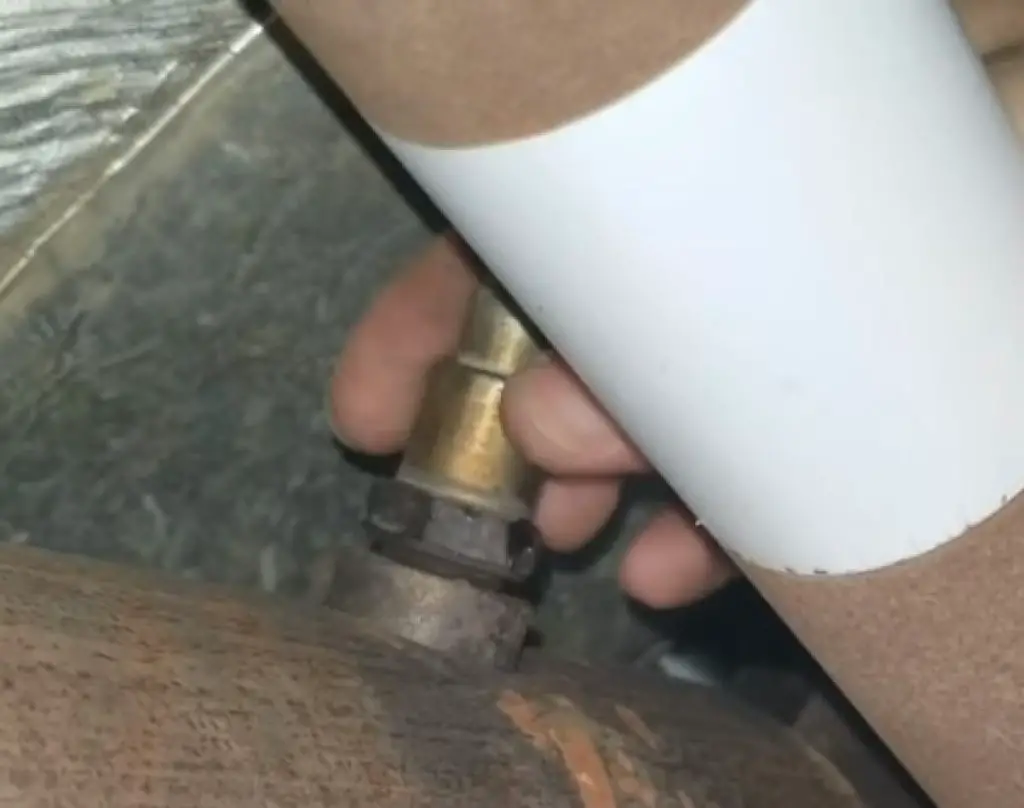
Symptoms of Faulty O2 Sensors
Being aware of these symptoms will help you recognize problems related to O2 sensors.
| Symptom | Description |
|---|---|
| Decreased Fuel Efficiency | Sudden drop in miles per gallon. |
| Check Engine Light On | Activation of the dashboard warning light. |
How to Diagnose O2 Sensor Issues
Before proceeding with repairs, ensure the O2 sensor is the actual culprit.
- Use an OBD-II scanner to check for related error codes.
How to Fix O2 Sensor Issues
Fixing a faulty O2 sensor can be straightforward if you follow these steps.
- Locate Faulty Sensor: Consult your vehicle’s manual for the exact location of the oxygen sensors.
- Remove Old Sensor: Disconnect the electrical connector and use an O2 sensor socket to remove the sensor.
- Install New Sensor: Insert the new sensor, hand-tighten it first, then secure it with the socket. Reconnect the electrical connector.
- Reset Error Codes: Clear any O2 sensor-related error codes using an OBD-II scanner.
5 Tips to Improve Your F150’s Gas Mileage
Improving the gas mileage of your F150 doesn’t just save you money—it’s also better for the environment. This guide covers practical steps you can take to boost fuel efficiency.
1. Regular Tune-ups
Keeping your F150 in prime condition is essential for optimal fuel efficiency.
Importance of Regular Tune-ups
Regular maintenance ensures that your vehicle’s engine and other crucial systems function efficiently, directly improving fuel consumption.
Steps for a Regular Tune-up
- Check the Air Filter: A dirty air filter can decrease fuel efficiency. Replace it if needed.
- Inspect the Fuel Filter: A clogged fuel filter can also affect gas mileage.
- Check Spark Plugs: Worn or dirty spark plugs can misfire, wasting fuel.
- Fluid Levels: Make sure oil, transmission fluid, and coolant are at optimal levels.
2. Optimizing Driving Habits
Your driving habits can significantly impact the fuel efficiency of your F150.
Bad Habits that Affect Gas Mileage
| Bad Habit | Impact on Fuel Efficiency |
|---|---|
| Rapid Acceleration | Drastically reduces MPG |
| Hard Braking | Wastes energy and fuel |
How to Optimize Driving Habits
- Smooth Acceleration: Accelerate smoothly and gradually.
- Coast to Decelerate: Instead of braking hard, try to coast when you need to slow down.
3. Speed Management
Driving at a consistent speed can help improve your F150’s fuel efficiency.
Optimal Speed for Best Mileage
Note: The optimal speed for fuel efficiency is generally 55-65 mph.
How to Manage Speed
- Use Cruise Control: It maintains a constant speed, improving fuel efficiency.
- Avoid Speeding: The faster you go, the more fuel you’ll burn.
4. Air Conditioning vs. Natural Air
The choice between using air conditioning or rolling down the windows can affect your gas mileage.
When to Use Air Conditioning
Use air conditioning sparingly as it can increase fuel consumption by up to 20%.
When to Use Natural Air
When driving at low speeds, it’s more efficient to use natural air. Roll down your windows instead.
5. Tire Maintenance
Well-maintained tires are crucial for optimal gas mileage.
Importance of Tire Pressure
Low tire pressure can reduce fuel efficiency by up to 3%.
How to Maintain Tires
- Check Tire Pressure: At least once a month, use a tire gauge to check the pressure.
- Tire Alignment: Misaligned tires can also affect fuel efficiency. Get them checked during your regular tune-ups.
Additional Tips for Fuel Efficiency
These extra tips can give you that extra edge in improving your F150’s fuel efficiency.
- Limit Idling: The longer you idle, the more fuel you waste.
- Use Quality Fuel: Always use the grade of fuel recommended in your owner’s manual.
- Reduce Load: Extra weight can reduce your gas mileage. Remove unnecessary items from your vehicle.
By following these tips, you can make the most out of every gallon of fuel and save money in the long run.
Certainly, let’s delve deeper into each step to provide a more detailed guide.
Can Fixing the Hesitation and Missing Issue in My F150 Improve its Gas Mileage?
Fixing the ford f150 hesitation and missing issues can potentially lead to improved gas mileage. These problems often result in inefficient fuel combustion, causing the vehicle to consume more fuel than necessary. By addressing these issues, the engine’s performance can be optimized, resulting in better fuel efficiency and ultimately saving you money at the pump.
Can a Slow Quarter Mile Time Affect the Gas Mileage of an F150?
A slow quarter mile time can indeed have an impact on the gas mileage of an F150. Achieving the f150’s impressive 1/4 mile performance involves a balance between power and efficiency. When the time taken to cover the quarter mile is slower, it indicates potential inefficiencies in the vehicle’s overall performance, which can affect fuel consumption.
Troubleshooting Bad Gas Mileage in the F150
Experiencing bad gas mileage with your F150? This guide provides a step-by-step procedure for identifying and fixing the common culprits.
Step 1: Fuel Injectors and Fuel Filter
The fuel injectors and the fuel filter play crucial roles in maintaining your F150’s fuel efficiency. Let’s explore the nitty-gritty of diagnosing and repairing them.
Diagnosis Procedure
Warning: Safety first! Always disconnect the battery and wear protective gear before starting the diagnosis.
- Visual Inspection: Examine the fuel injectors and filter for visible damage, cracks, or clogs.
- Performance Test: Use a fuel pressure gauge to measure the pressure at the rail to see if the injectors are releasing fuel adequately.
- OBD-II Scanner: Run an OBD-II scan to check for error codes related to the fuel system.
Repair Steps
- Remove Fuel Injectors:
- Disconnect the fuel pump relay.
- Use a wrench to remove the fuel injectors.
- Clean or Replace Injectors:
- Soak in a cleaning solution for 30 minutes if dirty.
- Replace with new injectors if damaged.
- Replace Fuel Filter:
- Locate the fuel filter, usually found along the fuel line.
- Replace it with a new one.
Step 2: Mass Airflow Sensor (MAF Sensor)
The MAF Sensor is pivotal for optimal fuel mixing. Here’s your comprehensive guide to dealing with MAF sensor issues.
Diagnosis Procedure
- Visual Inspection: Check the sensor for any signs of dirt or physical damage.
- OBD-II Scan: Use an OBD-II scanner to identify any MAF-related error codes.
Repair Steps
- Disconnect Battery: Always start by disconnecting the car battery.
- Remove MAF Sensor:
- Locate the sensor on the air intake.
- Unscrew and remove it.
- Clean or Replace:
- Spray with MAF sensor cleaner, if dirty.
- Install a new sensor if cleaning fails.
Step 3: O2 Sensors
These sensors are critical for ensuring optimal air-fuel mixture. Let’s troubleshoot and fix them.
Diagnosis Procedure
- OBD-II Scan: An OBD-II scan can pinpoint issues with the O2 sensors.
- Visual Check: Examine the wires and sensor for damage or burns.
Repair Steps
- Locate Faulty Sensor: Check your owner’s manual to locate the O2 sensors. They are usually installed on both sides of the catalytic converter.
- Remove Old Sensor:
- Use an O2 sensor removal tool to unscrew the faulty sensor.
- Install New Sensor:
- Screw in the new sensor.
- Reconnect the wire harness.
Step 4: Spark Plugs
An inadequate spark plug function can deteriorate your fuel efficiency significantly.
Diagnosis Procedure
- Visual Inspection: Remove the spark plugs and check for wear, tear, or fouling.
- Performance Test: A rough idle is often a tell-tale sign of bad spark plugs.
Repair Steps
- Remove Old Plugs:
- Use a spark plug socket to unscrew the old plugs.
- Install New Plugs:
- Insert new plugs.
- Tighten using a torque wrench according to manufacturer specifications.
Step 5: Tire Pressure and Alignment
Incorrect tire pressure and poor alignment can contribute to bad gas mileage.
Diagnosis Procedure
- Pressure Check: Use a digital tire gauge to check the pressure of all tires.
- Visual Alignment Test: Observe if the vehicle pulls to one side when driving or if tire wear is uneven.
Repair Steps
- Adjust Tire Pressure:
- Use an air compressor to adjust the pressure to the manufacturer’s recommended PSI.
- Wheel Alignment:
- If the alignment is off, a professional wheel alignment is advised.
By following these detailed steps, you should be able to identify and fix the most common reasons for poor gas mileage in your F150.
Conclusion
So there you have it! We’ve walked you through the ins and outs of why your F150 might be burning through fuel like there’s no tomorrow. We’ve covered everything from dirty fuel injectors to your driving habits. Now you’re equipped with the know-how to turn things around and make your truck a lean, mean, fuel-efficient machine. Happy driving, and here’s to fewer pit stops at the gas station!


